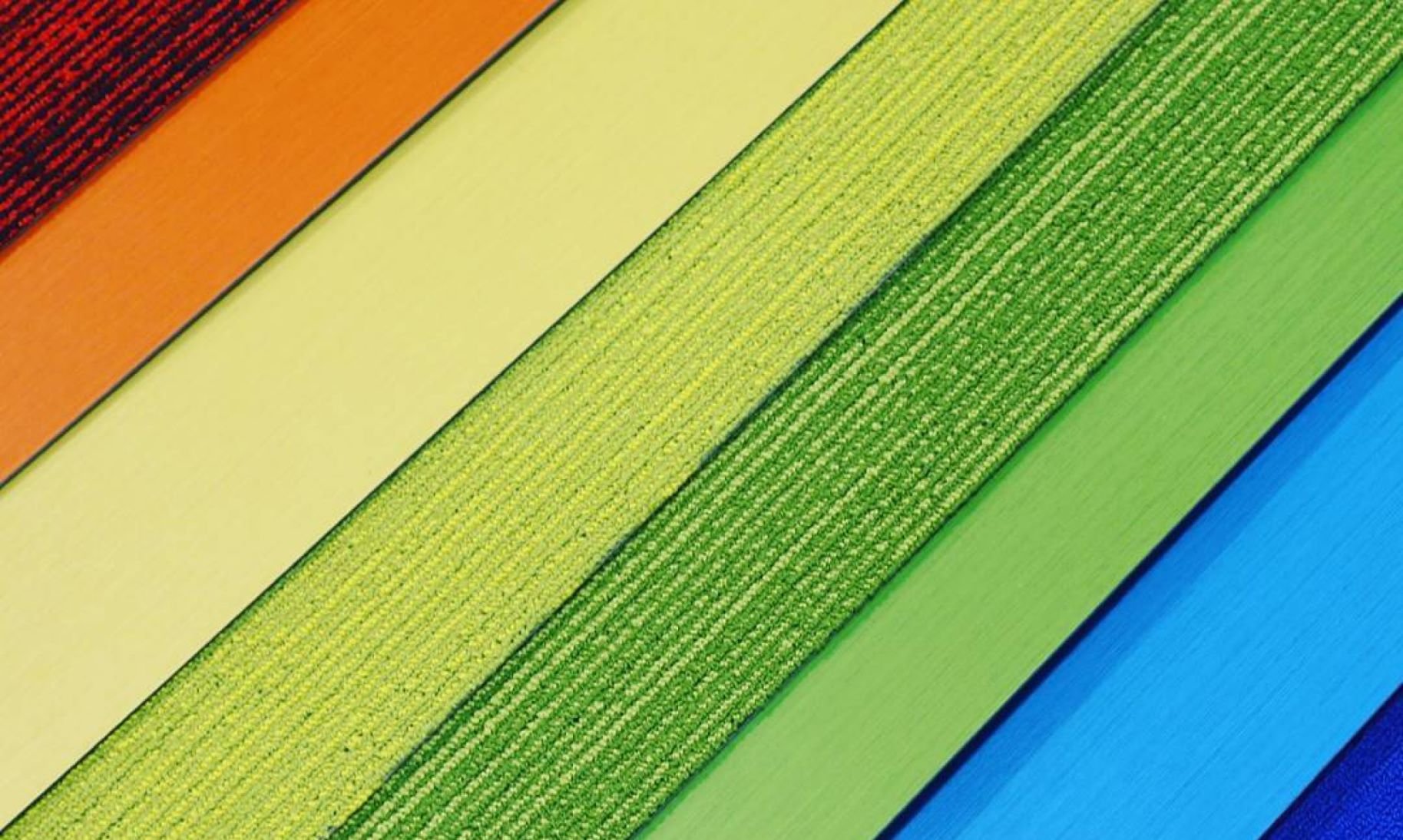More often than not, the most obvious solution to a problem lies right under our nose. Or in the case of this flooring story, right under our feet. We look at how the flooring industry, and carpet tiles in particular, contribute greatly to the well-being and sustainability quotient of an interior space.
Flooring, the Sustainable Champions
The flooring industry and carpet tiles, in particular, are those silent sustainability champions you probably just didn’t know about. They’ve been in the game for a while, making a huge impact across supply chains. In 1994, when Interface declared its mission to eliminate any negative impact on the environment, they set forth a new precedent for what sustainability goals should look like. They’ve since launched several initiatives and product lines aligned with their sustainability mission, such as Mission Zero or the NetWorks Program. In 2015, Interface reduced their carbon footprint per square metre of produced carpet by 98 percent, and water usage by 93 percent, since 1996, all while growing the business. Their European manufacturing facilities operate on 95 percent renewable energy and send zero waste to landfills across Europe.
“A new focus emerged through founder Ray Anderson’s vision, and that was to radically redesign processes and products to actually pioneer new technology and systems to reduce waste and harmful emissions, all the while increasing the use of renewable materials and energy sources” says Matt Hall, Regional Director of Interface Middle East.







